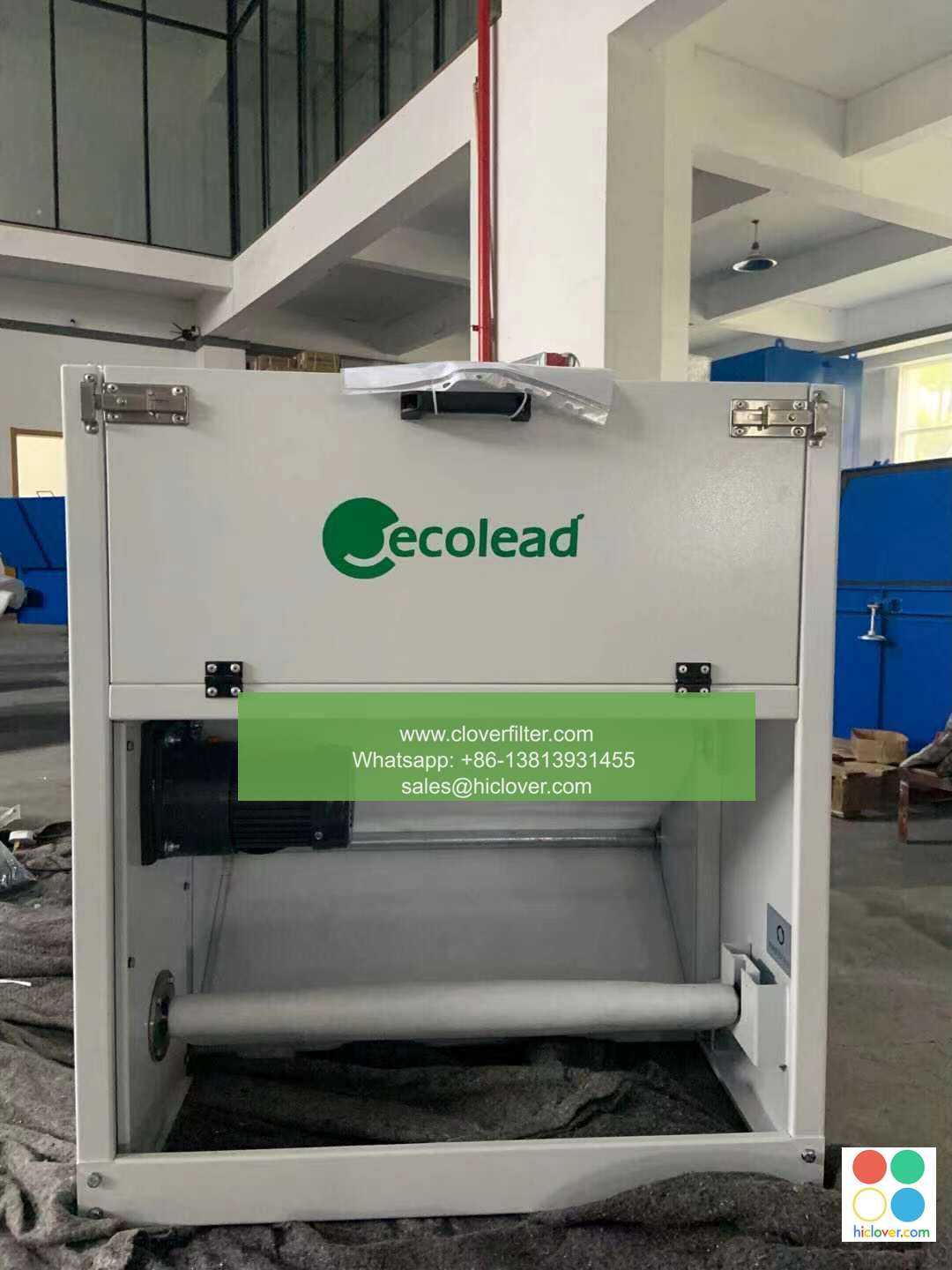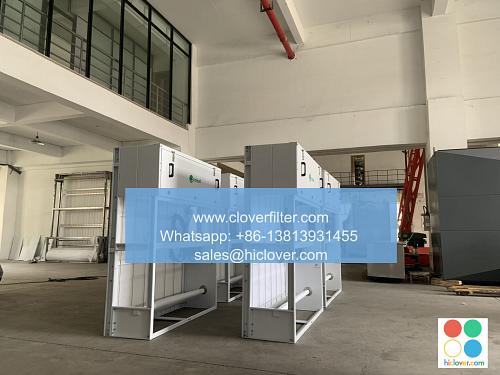The Dirty Truth: Uncovering Air Filter Design Flaws

Air filters are a crucial component in maintaining good indoor air quality, but have you ever stopped to think about their design? It’s time to dig deeper and uncover the truth about the flaws in air filter design. In this article, we’ll be exploring the indoor air quality (IAQ) implications of these flaws and highlighting various application areas where improved air filter design can make a significant difference.
Introduction to Air Filter Design
Air filters are designed to capture particulate matter (PM), gases, and volatile organic compounds (VOCs) from the air, improving the overall indoor air quality (IAQ). However, many air filters on the market today have design flaws that hinder their performance. These flaws can lead to reduced airflow, increased pressure drop, and decreased filtration efficiency.
Common Air Filter Design Flaws
Some common design flaws in air filters include:
Insufficient filter media, which can lead to reduced filtration efficiency and increased pressure drop.
Poor filter frame design, which can cause air leaks and reduced airflow.
Inadequate seal design, which can result in air bypass and reduced filtration efficiency.
Application Areas for Improved Air Filter Design
Improved air filter design can have a significant impact in various application areas, including:
Commercial HVAC systems, where energy efficiency and indoor air quality (IAQ) are crucial.
Industrial processes, where airborne contaminants can pose a significant risk to worker health and safety.
Residential buildings, where indoor air quality (IAQ) can have a significant impact on occupant health and wellbeing.
Aerospace and automotive applications, where air filtration systems play a critical role in maintaining system performance and reliability.
Impact of Air Filter Design Flaws on Indoor Air Quality (IAQ)
The indoor air quality (IAQ) implications of air filter design flaws can be significant. Reduced filtration efficiency and increased pressure drop can lead to poor indoor air quality (IAQ), which can cause a range of health problems, including respiratory issues, allergies, and cancer.
Conclusion
In conclusion, the design flaws in air filters can have significant indoor air quality (IAQ) implications. It’s essential to highlight various application areas where improved air filter design can make a difference. By addressing common air filter design flaws and developing more efficient and effective air filtration systems, we can improve indoor air quality (IAQ) and protect public health. The future of air filtration depends on it. You haven’t asked a question or provided any context. What would you like to talk about or ask? I can provide information, answer questions, or offer opinions on a wide range of topics. Please provide more details so I can assist you better.

